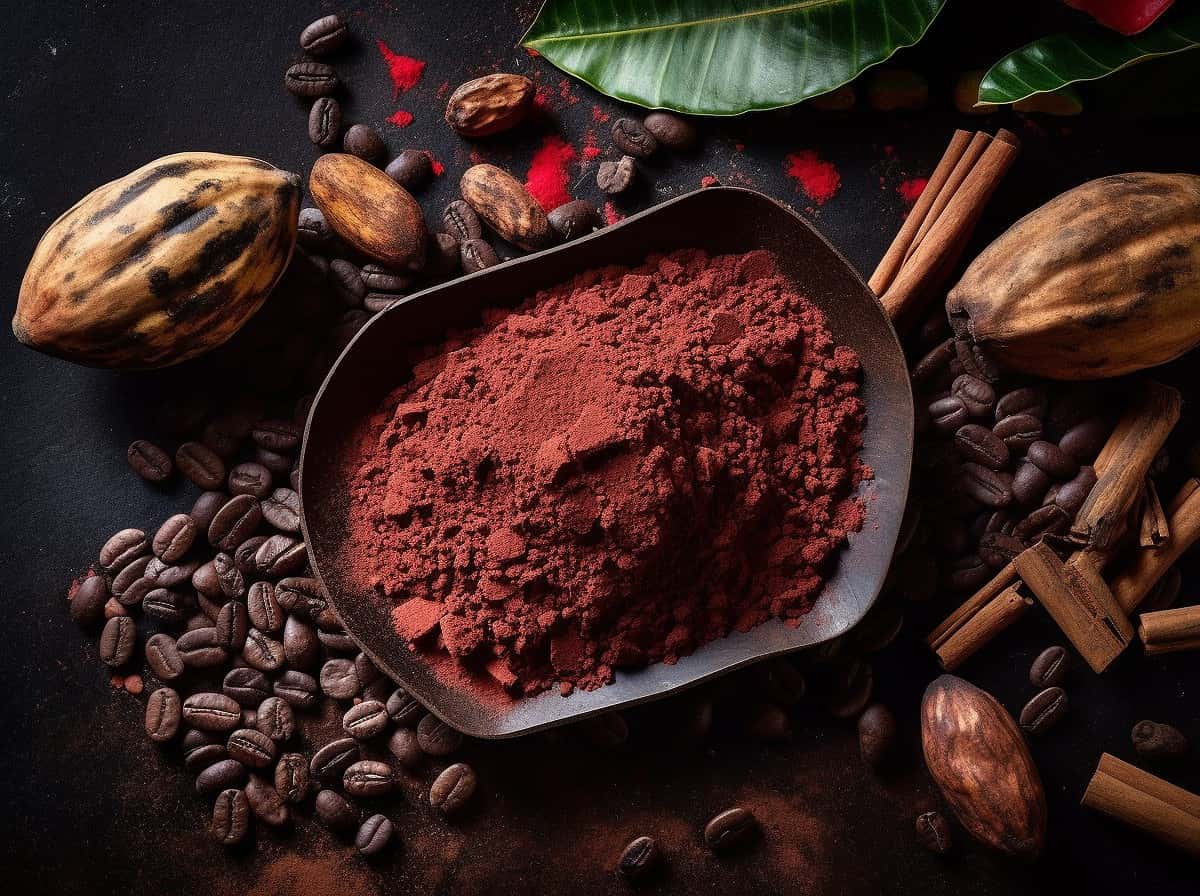With rubber boots and a sharpened machete, Nidia Chávez enters the plantation to harvest Venezuela’s “best” cocoa, also known as the “black gold” that sustains them in her village.
It is a term normally reserved for oil, which also abounds in this Caribbean country. But in Chuao, Aragua state (central-north), cocoa is everything.
“This is the black gold we have here, this is how we make a living,” comments Chávez, 43, to AFP, after collecting three containers filled with fruit covered in a sweet “slime” with a delicate citrus touch.
The plantation is enormous. With the machete, Chávez and other companions cut the cocoa in half to extract the pulp, which is then placed in plastic containers.
In Chuao, inhabited by descendants of slaves brought from Africa for hard agricultural work, there is an important rule that applies to both tourists and locals: do not pluck the fruits.
It is tempting, as the clusters of burgundy and yellow colors abound along the 5 kilometers that connect the coast, the main access to this locality, and the village, where the beans are sun-dried.
“It is prohibited,” reiterates Mauricio Sosa, 48, a boatman and tourist guide from Chuao. “Otherwise, we would be left without cocoa because the seed is very delicious,” he emphasizes. “This is our life, our world.”
In this locality, between 18 and 20 tons of cocoa are produced annually, which the Chuao Peasant Company, a civil association, sells entirely to a businessman closely connected to the community, who turns them into precious chocolates with a designation of origin.
A kilogram of cocoa beans can be sold for around 10 dollars.
Our pride
Estílita Aché was born 63 years ago in this village of about 3,000 inhabitants surrounded by mountains, which is easier to reach by boat. The other option is a several-day trek through the jungle.
“Cocoa is everything,” she insists. “It is special, maybe because we handle it with love.”
The freshly extracted seeds rest covered with banana leaves in a fermentation room, an old structure with wooden roofs and floors where the joyful chatter of women making jokes about the gifts they will receive for Mother’s Day can be heard.
The place is so hot that being inside for a few minutes is enough to feel suffocated: it is the perfect environment for the bean to acquire the ideal flavor and texture.
The beans are then left to dry in the sun for eight hours each day, and then stored and packaged in 61-kilogram sacks.
It is an artisanal process that does not tolerate mistakes, as any error would alter the quality of the product.
Near the Chuao Peasant Company, whose premise is to produce “100% pure” cocoa, Vicenta Gámez, 66, offers spreadable chocolate, bonbons, punch, and tea that she prepares together with her 28-year-old son, Robin Herrera.
“We make it by hand, we don’t have large machines to prepare all this,” she describes with a smile. “Our cocoa is our greatest pride and the best in the world.”

